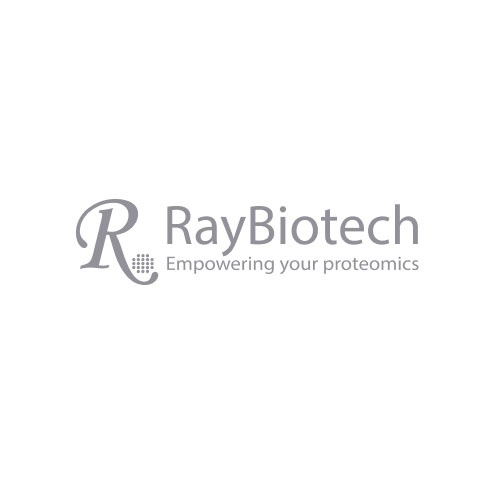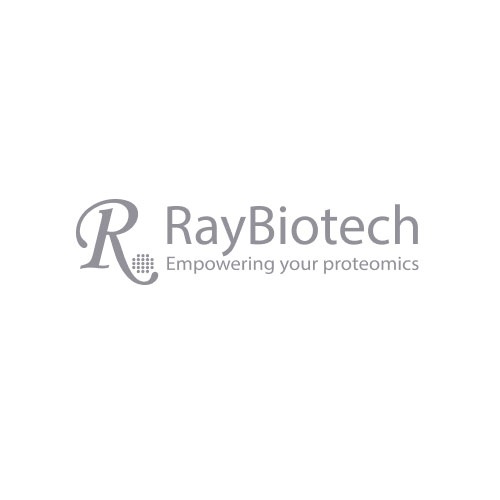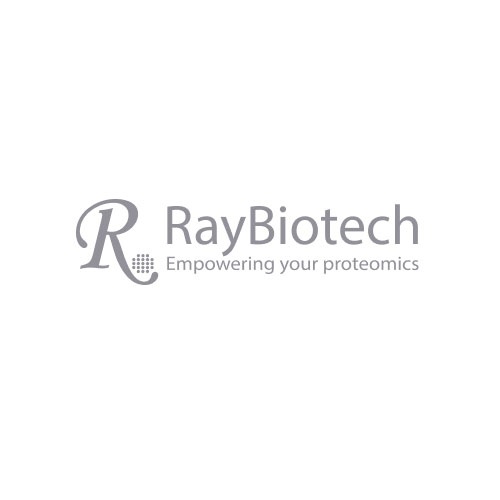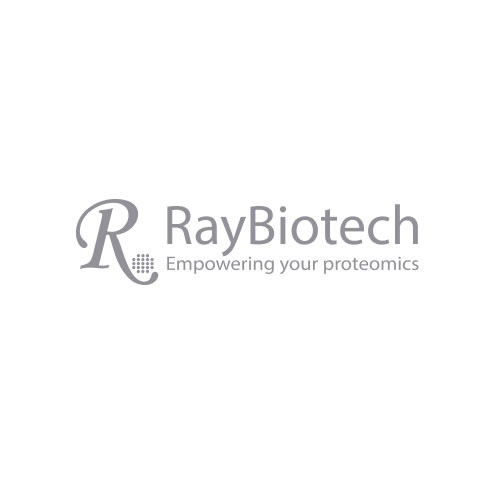T5 Exonuclease
The T5 exonuclease (recombinant) can initiate digestion from the 5' end of double stranded DNA, nicks, or gaps in linear or circular double-stranded DNA. For single stranded DNA, the T5 exonuclease also exhibits endonuclease activity.
Product Description
Specifications
| Size | 2500 Units |
|---|---|
| Species | Enterobacteria phage T5 |
| Gene Symbols | D5 |
| Protein Name / Synonyms | 5'-3' exonuclease, exodeoxyribonuclease, EC:3.1.11.3. |
| Expression System | E. coli |
| Purification | His-tag affinity purification by immobilized metal ion affinity chromatography (IMAC) |
| Purity | >95% |
| Purity Determined By | Determined by SDS-PAGE under reducing conditions |
| Molecular Weight (kDa) | ~38 kDa |
| Format | Liquid |
| Formulation | Filtered solution in 50 mM Tris-HCl (pH 8.0, 25 ℃), 125 mM NaCl, 0.1 mM EDTA, 1 mM DTT, 0.2% (v/v) Triton X-100, and 50% glycerol. |
| Activity | 12.5 U/μl. One unit is the amount of enzyme required to change A260 value by 0.00032 per minute at 37°C. |
| Recommended Applications | T5 exonuclease is double-stranded DNA (dsDNA) specific exonuclease and single-stranded DNA endonuclease. It can cleave the nicked double-stranded DNA from 5' end to 3' end (Fig. 2). However, the enzyme can not cleave the close supercoiled double-stranded DNA (Fig. 3). It can remove incomplete ligation products from the ligated circular dsDNA and widely used for Gibson assembly. |
| Endotoxin Level | <0.5 EU per µg of the protein as determined by the LAL method |
| Estimated Lead Time | 1-2 business days |
| Shipping Type | Blue ice |
| Storage | -20°C |
| Reagents | Volume (50 µl) |
| DNA Sample (up to 1 µg) | x µl |
| 10x Cleavage Buffer | 5 µl |
| Sterile DNase and RNase-free water | 44 - x µl |
| T5 Exonuclease (12.5 units/µl) | 1 µl |
Data



Storage/Stability
This product is supplied as a liquid solution and shipped with an ice pack. For long-term storage, it is recommended to store at -20 °C in appropriate aliquots. Generally, the shelf life is up to 6 months from the date of receipt at -20 °C under sterile condition.
Frequently asked questions (FAQs)
- How does T5 exonuclease work?
- T5 exonuclease digests DNA through a process that involves the sequential removal of nucleotides from the 5' to 3' end direction. It can digest single-stranded DNA (ssDNA), linear double-stranded DNA (dsDNA), and nicked plasmid DNA molecules. However, T5 exonuclease does not degrade supercoiled (scDNA), closed circular DNA, or relaxed extrachromosomal plasmid DNA molecules. T5 exonuclease needs an end or a nick to initiate DNA cleavage activity.
- What are the applications of T5 exonuclease?
- T5 exonuclease can be used to remove incomplete ligation products from ligated circular double-stranded DNA. This is particularly useful in the purification of DNA constructs after cloning steps to ensure that only correctly ligated products are used in subsequent experiments. T5 exonuclease is also used in Gibson DNA Assembly, particularly useful for the assembly of multiple DNA fragments into a single construct.
- What is the difference between T5 exonuclease and Exonuclease III?
- The main difference between T5 exonuclease and Exonuclease III lies in the cleavage direction on DNA. T5 exonuclease cleaves DNA from 5' end to 3' end, which means it removes nucleotides starting from 5' end of DNA strand and moves towards 3' end. Exonuclease III cleaves DNA in 3' to 5' end direction, which means it starts cleavage reaction from 3' end and removes nucleotides towards 5' end.
T5 exonuclease can initiate cleavage from 5' ends of DNA, at gaps, and nicks within the DNA structure, which means it can digest DNA from free ends, from points of damage, or discontinuity nick within DNA. - Is T5 exonuclease active at low temperature, high temperature, or high salt concentration buffers?
- T5 exonuclease has been discovered to retain low activity at 0 °C, with cleavage speed approximately 3 nucleotides per minute. This property has been utilized to develop a DNA cloning method based on the low-temperature activity of T5 exonuclease. The optimal reaction temperature for T5 exonuclease is 37 °C, which is a relatively high temperature for enzyme activity. It is also noted to have some activity at 50 °C, which makes it suitable for applications such as Gibson Assembly.
The enzyme's activity is influenced by the cleavage buffer composition. For instance, the provided working cleavage buffer contains 50 mM Potassium Acetate, 20 mM Tris-acetate, 10 mM Magnesium Acetate, 1 mM DTT (pH 7.9 @ 25 °C). The enzyme also shows activity in PCR Buffer, which typically has a higher salt concentration. This suggests that T5 exonuclease can function in the presence of higher salt concentrations. - How to inactivate T5 exonuclease?
- Adding 11 mM EDTA can inactivate T5 exonuclease. EDTA is a metal chelator that sequesters metal ions, such as Mg2+, which are required for T5 exonuclease activity.
The enzyme can also be inactivated by the addition of DNA Loading Buffer containing 0.08 % SDS (sodium dodecyl sulfate). SDS is a denaturing agent that can disrupt the enzyme protein structure leading to enzyme inactivation.
Heat is a common method for inactivating enzymes. However, the effectiveness of this method for T5 exonuclease may vary and should be validated experimentally. It is NOT recommended to use heat to inactivate T5 exonuclease.
Write Your Own Review

